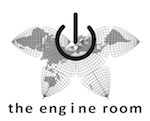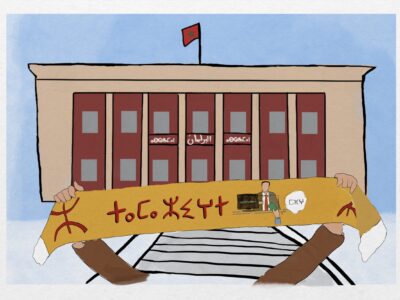The Social Tech Census (STC) aims to connect advocates with the tools they need to integrate technology into their work. The STC lists organisations, tools, and resources that can be found online on a digital indexing platform, allowing for a fast and easy way to find relevant resources and organise them for optimal use.
How does it work?
Once on their website, users can use the STC to search for a resource depending on their needs and location. Resources are organised by type (“organisations,” “tools,” “events,” etc.), issues (“technology,” “health,” “gender,” “disaster relief,” etc), audience (“entrepreneurs,” “youth,” “women,” etc.) and global location.
For example: looking for a manual that will help you improve your blogging and programming skills… in Arabic? Enter a few search criteria (“guides and manuals,” “software,” “Arabic”) and you get the organisations Arab Eyes and RTL this.
Once the user finds an organisation, resource, or project of interest, they can then select it and add it to a personalised list of “reports,” or simplified information about each resource. This can then be exported as a pdf, creating a sharable list of all resources and contact information.
“We’re committed to enhancing the work of others”
The engine room notes on their website that they work to help others work – and this is essentially why they got started.
Following the ousting of president Hosni Mubarak, the Tahrir Data Project was launched in 2011 to gather information on how individuals participating in the Egyptian revolution used media. It was (and is) an ongoing effort to provide data which can support a discussion on how media plays a role in the Egyptian revolution.
Susannah Vila, co-founder of the engine room, noted that this project showed a gap between advocates looking to integrate technology into their work and people with the resources to assist them in doing so. In order to understand more about this gap, and to work towards closing it, the group started “mapping the existing ecosystem of resources.” That in turn became the Social Tech Census.
 The STC says: “We know our networks well enough, but they are always growing (fast), and we know there is a lot more out there. At bottom, it’s challenging to support collaboration between support organizations and our on-the-ground advocacy partners without a resource like this, so we decided to put it together.”
The STC says: “We know our networks well enough, but they are always growing (fast), and we know there is a lot more out there. At bottom, it’s challenging to support collaboration between support organizations and our on-the-ground advocacy partners without a resource like this, so we decided to put it together.”
How can you join in?
You can not only use their database, but you can add your own resource or organisation to the STC. After they have verified your information and entered it into their database, the group will list the resource on their website.
FIND THEM ONLINE:
- The Social Tech Census
- the engine room
- the engine room tweets @engnroom




3 comments